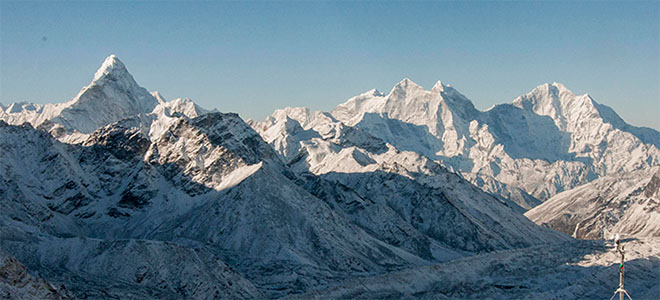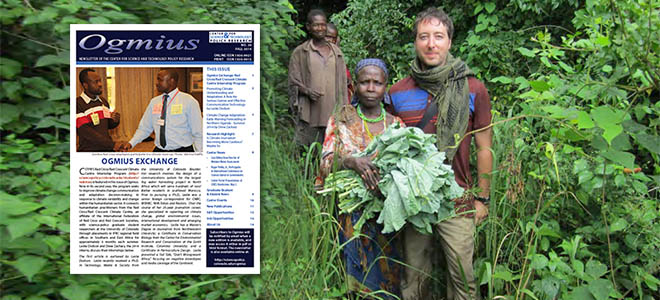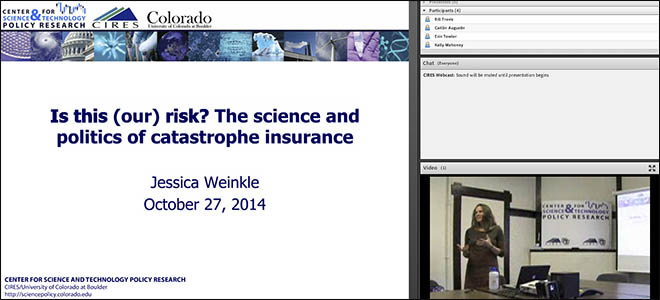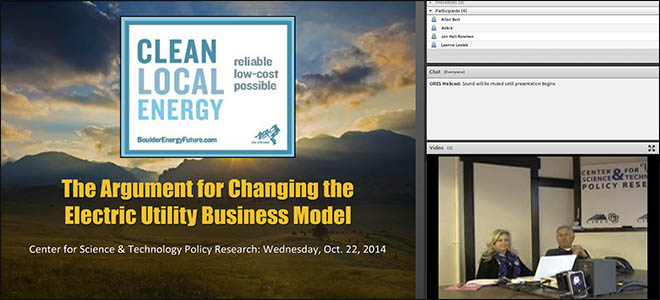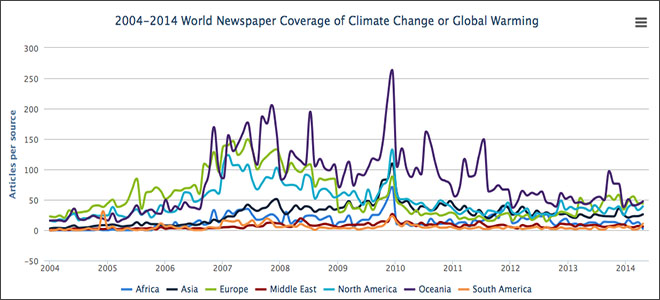Sporting Intelligence, October 30, 2014
by Roger Pielke, Jr.
As the MLS’s 2014 season moves towards a conclusion with the play-offs underway, it is notable there is no place in the post-season for the biggest-spending team, Toronto FC. Despite having a salary bill of almost $17m (£10.6m), which is the highest in MLS, the Canada-based franchise is not among the 10 teams in the play-offs. This is anomalous in football (soccer) because the team with the biggest wage bill is generally up there with the challengers, if not winning every season.
The reasons for Toronto’s failings are too complex for this article but the fact that we know precisely – to the cent – what every club in MLS spends on salary is remarkable in itself. In fact it is unique in global football for a league, or in this case a union, to publish the pay of every player. The MLS Players Union does this every year (and an archive of salary info is here), and it is what this information tells us in general that is interesting.
On the 2014 salary list are 572 players earning total wages of just over $129.5 million. This sounds like a lot of money, and it is. But in comparison to the Premier League, for example, it is small potatoes. The MLS total includes 21 clubs (for 2014 it includes Chivas USA, since folded, and partial squads for NY City FC and Orlando City FC, both being formed). Yet their total wage bills combined equals about the same as the wage bill for Queens Park Rangers ($126 million) in 2012-13, the most recent year’s data available for QPR
In 2012-13, six Premier League clubs each had wages bills well in excess of the entire MLS, with Manchester City topping the list at $376 million (for all club staff). The wage bills for the top 20 clubs in England were almost $2.9 billion combined. For the bottom 20 payers across the Premier League and the Championship it was about $750 million. This data comes from Deloitte and was provided to me by Stefan Szymanski of the University of Michigan.
In terms of individual clubs, Toronto leads the way in MLS with a wage bill of almost $17 million, or $2 million less than Charlton Athletic or Blackpool in 2012-13. The LA Galaxy, Seattle Sounders FC and NY Red Bulls are next, in the neighborhood of Barnsley or Peterbourough United. The wage totals drop off precipitously from there.
This table shows the 2014 MLS wages,ranked by median salary. Read more …
MLS salaries, 2014
|
Club |
Salary bill |
Players |
Average |
Median |
|
Houston Dynamo |
$4,481,881.50 |
26 |
$172,380.06 |
$137,604.17 |
|
San Jose Earthquakes |
$4,349,505.20 |
29 |
$149,982.94 |
$130,285.00 |
|
N England Revolution |
$7,257,915.29 |
31 |
$234,126.30 |
$122,375.00 |
|
Portland Timbers |
$5,429,636.23 |
29 |
$187,228.84 |
$120,000.00 |
|
New York Red Bulls |
$11,323,145.08 |
28 |
$404,398.04 |
$115,000.00 |
|
Sporting Kansas City |
$4,398,100.76 |
29 |
$151,658.65 |
$103,750.00 |
|
Philadelphia Union |
$4,385,536.46 |
30 |
$146,184.55 |
$102,163.67 |
|
Vancouver Whitecaps |
$5,168,608.09 |
29 |
$178,227.87 |
$99,500.00 |
|
FC Dallas |
$4,572,162.00 |
31 |
$147,489.10 |
$97,875.00 |
|
Toronto FC |
$16,712,603.18 |
29 |
$576,296.66 |
$92,000.00 |
|
DC United |
$3,960,395.78 |
30 |
$132,013.19 |
$91,149.17 |
|
Montreal Impact |
$6,579,014.04 |
32 |
$205,594.19 |
$86,200.00 |
|
Colorado Rapids |
$3,514,300.49 |
29 |
$121,182.78 |
$85,000.00 |
|
Los Angeles Galaxy |
$13,159,910.50 |
30 |
$438,663.68 |
$85,000.00 |
|
Chicago Fire |
$3,771,132.08 |
29 |
$130,039.04 |
$82,664.99 |
|
Real Salt Lake |
$4,001,964.17 |
28 |
$142,927.29 |
$81,000.00 |
|
Chivas USA |
$3,306,115.37 |
29 |
$114,003.98 |
$78,650.00 |
|
Seattle Sounders FC |
$11,504,761.29 |
30 |
$383,492.04 |
$72,500.00 |
|
Orlando City SC |
$7,419,337.50 |
5 |
$1,483,867.50 |
$71,400.00 |
|
Not Listed |
$197,313.00 |
3 |
$65,771.00 |
$70,000.00 |
|
Columbus Crew |
$3,537,826.77 |
30 |
$117,927.56 |
$65,473.75 |
|
New York City FC |
$464,170.67 |
5 |
$92,834.13 |
$60,000.00 |
|
TOTAL |
$129,531,839.47 |
571 |
$226,850.86 |
$92,000.00 |
.




